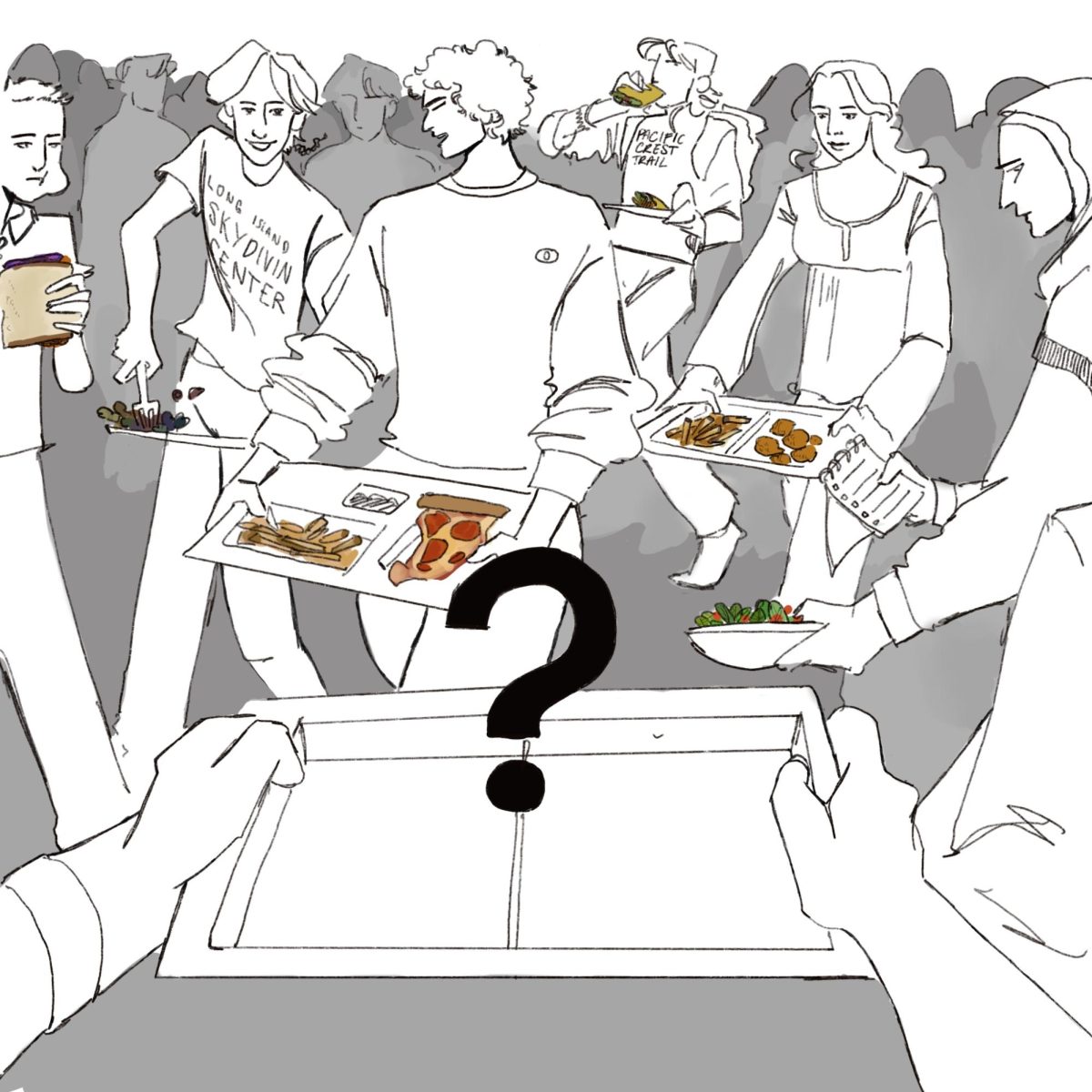Somewhere in the world, there is a student named Frederick. Frederick wakes up every day at 6:00 in the morning, drags himself out of bed, and trudges to school with a heavy heart and an even heavier backpack. But why is his backpack so heavy? Open it up, and lying inside, you will find 20 pounds of books that constantly drag Frederick down. When he reaches school, Frederick solemnly opens one of them, but he is instantly overwhelmed by the sheer quantity of tiny print on the page. His teacher starts to read out in a monotonous tone, which does little to stimulate Frederick’s understanding. With his brain in anguish, Fredrick runs out of the classroom, out of the school, out onto the road, and then he runs over a manhole cover, which promptly gives way to the overwhelming weight of all four of his big, heavy textbooks, suffering a terrible fall.
Thankfully, this hasn’t happened yet in the real world (at least according to the internet!), but most of the grievances in this article are grounded in real life. Students around the world share similar complaints about the strain textbooks put on both their physical and metaphorical backs. As the internet advances to the point where it can act as a suitable substitute for textbooks, is it time to finally move past the wretched anchors?
One of my main gripes lies in the fact that textbooks are NOT FUN to read. Textbook writers often try to cram as much information into the book as they can, which, along with overwhelming the reader, also stifles any space that might be dedicated to making the textbook more digestible and enjoyable, thus causing many students to find the read incredibly unmotivating and mundane. The austerity and rigidity of textbooks also scare away people who may be curious about the subject. Their structure panders more to teachers (who already understand the material) and the education administration, rather than to students. While this can be an effective sales tactic, it is ultimately detrimental to students’ comprehension of the content. It’s been a long time since a textbook has entertained me enough to allow my brain to absorb the information within.
Many startling facts support this idea. For one, hardcover textbooks can weigh anywhere from 2–6 pounds. Stack together four of these for four subjects, and students are already carrying the weight equivalent of an 18-month-old on their back. This can have detrimental long-term effects including chronic back pain, bad posture, and even scoliosis, kyphosis, and other spinal malformations. Additionally, textbooks are surprisingly costly, with the average cost of a textbook hovering around $105, meaning that both your back and your bank account can feel crushed at the same time. They’re also hard to update, so they require constant new editions to keep up with the flow of new information, and as a result, they are environmentally taxing.
Despite all the issues surrounding textbooks, they are still widely used in schools today. It is really difficult to address this problem because a lot of their issues lie with their physicality. This is why I believe that with the rise and expansion of the internet, we should shift away from them altogether. The internet is often characterized by its expansive social media networks, so it can be easy to forget that it contains both brainrot and “smart stuff.” The internet circumvents many of the problems faced exclusively by textbooks: it is transcendental, and even if you consider the weight of a laptop, it is far less than that of a single textbook. Additionally, many internet sources are not only free but also reliable since the sourcing can be easily traced and cross-referenced. Besides, most people (at least those reading this) definitely have access to it.
So why do people still use textbooks if they’re so disadvantageous compared to the internet? Aside from the fact that their usage is well-established in education, textbooks are often much more systematic and organized than Internet sources. This makes textbooks a more convenient resource for teachers, especially new ones, to use, as it lays out a curriculum for them. Because of the extensive editing process required to submit a textbook into circulation, they can be counted on to be consistently reliable, whereas there are millions of websites on the internet that range from extremely reliable to completely bogus. With textbooks, teachers have complete confidence in the sources their students use.
While it is clear that textbooks are not without merit, they are also clearly problematic. So is the solution to conduct a mass textbook wipeout in the spirit of Fahrenheit 451? Well no, but as the internet grows it will come to naturally replace textbooks. Students already use the internet to supplement textbook information, and sometimes online resources are favored over physical references; for example, Khan Academy is becoming increasingly popular as a math resource over math textbooks. This movement towards digitalization is a responsibility that should be undertaken by both teachers and students alike. It is weird though, to think that in a hundred years from now, textbooks might be a relic of the past. It is definitely for the better, though, that in these coming years, textbooks will come to be replaced by lighter, better, and more digestible sources.
























